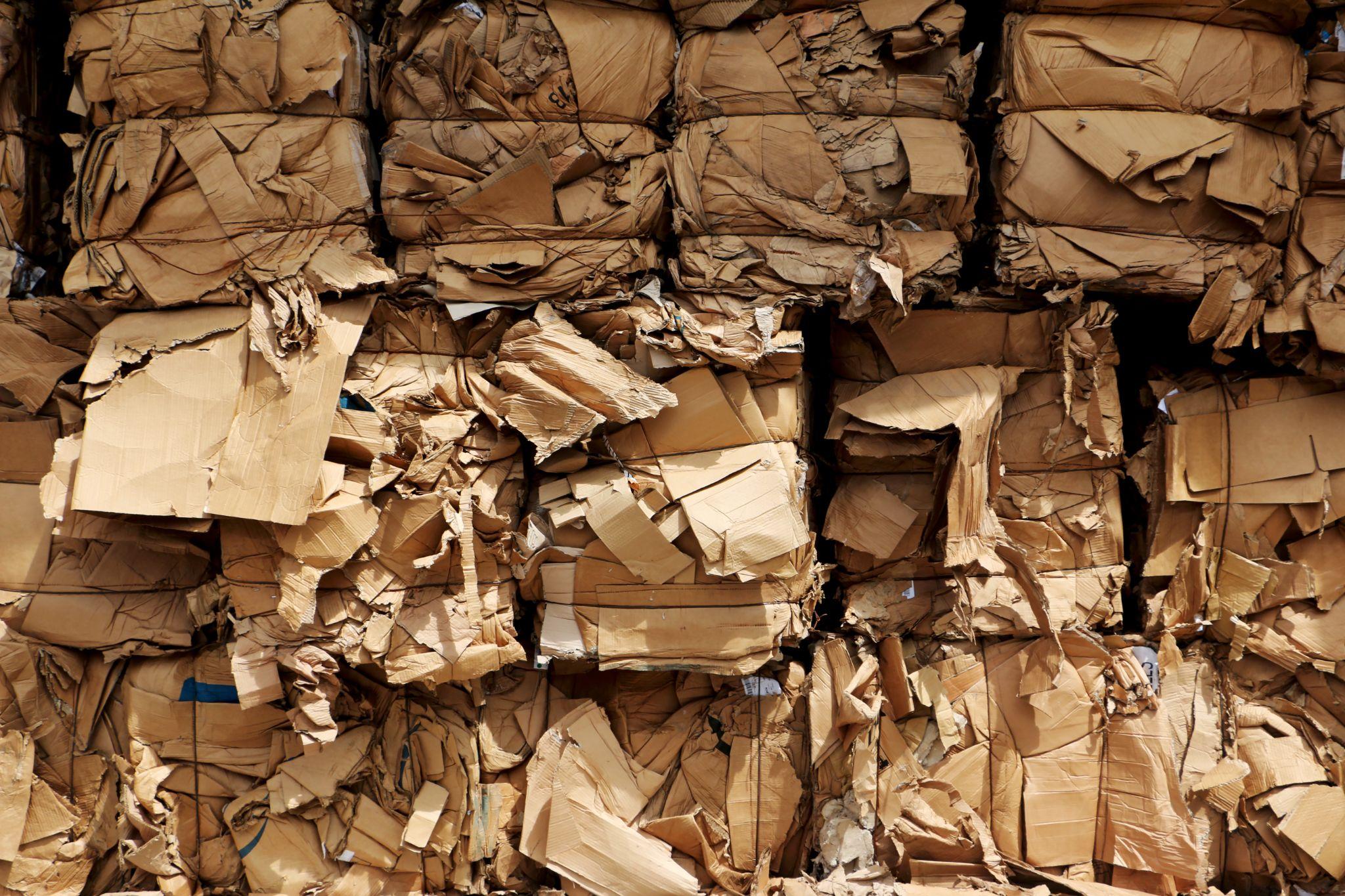CALL NOW FOR A FREE QUOTE 866.760.8194
Recycling Balers 101: Streamlining Recycling Efforts
In today’s world, where environmental concerns are at the forefront of our minds, efficient waste management has become more crucial than ever. For commercial and multi-residential properties, dealing with large volumes of waste is a daily challenge.
This is where recycling balers come into play. Not only do they offer a sustainable solution to waste management, but they also bring economic benefits. Let’s explore the world of recycling balers and their significance in modern waste management.
What Is a Recycling Baler?
Recycling balers are machines used to compress recyclable materials like paper, cardboard, and certain plastics, making them easier to transport and recycle.
They come in various types, each suited to different needs. The most common are vertical balers, ideal for smaller spaces, and horizontal balers, which are perfect for high-volume recycling. Automatic balers are another option, offering a more streamlined, labor-saving process.
The Importance of Recycling Balers
Balers play a pivotal role in environmental sustainability. By compacting recyclables, they reduce landfill waste and lower greenhouse gas emissions. Economically, balers can lead to significant cost savings in waste collection and potentially generate revenue from selling compacted recyclables. Moreover, they are space-efficient. Balers reduce the physical footprint of waste storage, a crucial benefit for properties where space is at a premium.
How Recycling Balers Work

Recycling balers are instrumental in transforming loose, bulky recyclable materials into compact, manageable bales. This process not only facilitates easier handling and transportation of recyclables but also plays a significant role in enhancing the efficiency of recycling programs.
Let’s delve into how these machines work to turn a mass of materials into neatly packed bales.
- Feeding the Material: The process begins with feeding recyclable materials like cardboard, paper, or certain plastics into the baler. This can be done manually or through automated systems, depending on the type of baler.
- Compression: Once the material is inside the baler, a powerful press, driven either hydraulically or mechanically, compresses the material. This pressure is exerted uniformly to ensure that the material is densely packed. The amount of compression can be adjusted based on the type and volume of the material, ensuring optimal density for each bale.
- Binding and Ejection: After compression, the compacted material is bound to maintain its shape. This is typically done using wire, strapping, or twine, depending on the baler type and the material being baled. The baled material is then ejected from the baler, ready for storage or transportation.
- Storage and Transportation: The bales, now significantly reduced in volume, are easier to handle, store, and transport. This efficiency in handling leads to reduced transportation costs and a lower carbon footprint associated with the recycling process.
By converting loose recyclables into dense bales, recycling balers not only streamline the waste disposal process but also contribute to a significant reduction in storage space requirements.
How to Choose a Recycling Baler
Selecting the appropriate baler depends on several factors. Consider the volume of waste your property generates, the types of materials to be recycled, and the available space for the baler.
For instance, a small apartment complex may opt for a vertical baler due to space constraints, while a large shopping center might benefit more from a high-capacity horizontal baler.
Installation and Maintenance
Installing a baler is a straightforward process, but it requires planning. Ensure that you have the necessary space and electrical requirements. Regular maintenance is key to the longevity and efficiency of the baler. This includes routine inspections and timely repairs. Equally important is ensuring the safety of staff operating the baler. Proper training and adherence to safety guidelines are essential to prevent accidents.
Take the Next Step in Efficient Waste Management
Recycling balers are not just tools for waste management; they are vital for fostering a sustainable environment, especially in commercial and multi-residential settings.
At Global Trash Solutions, we understand the complexities of waste management and offer a diverse selection of balers to meet your specific needs. We also specialize in waste brokering and consulting services, ensuring that your waste management strategy is cost-effective, efficient, and environmentally responsible.
Get your property’s waste and recycling under control with our range of balers and compactors today!
Recent Post
Is Hiring a Waste Consultant Right for Your Business?
Managing waste and recycling needs poses a distinct hurdle for businesses focused on…
Read More >Understanding Scope 3 Emissions
Scope 3 emissions are an important component of a company’s total greenhouse gas…
Read More >